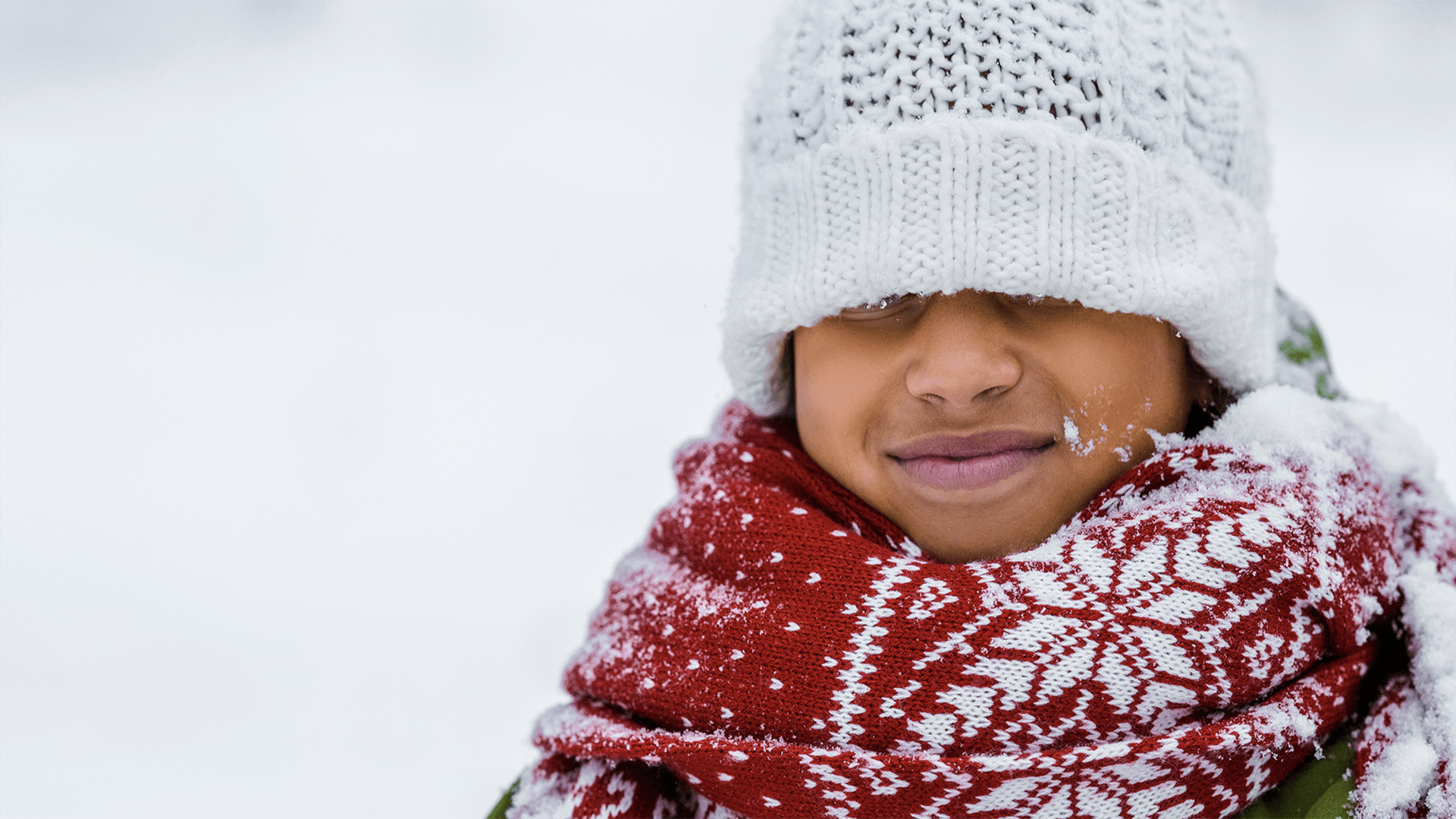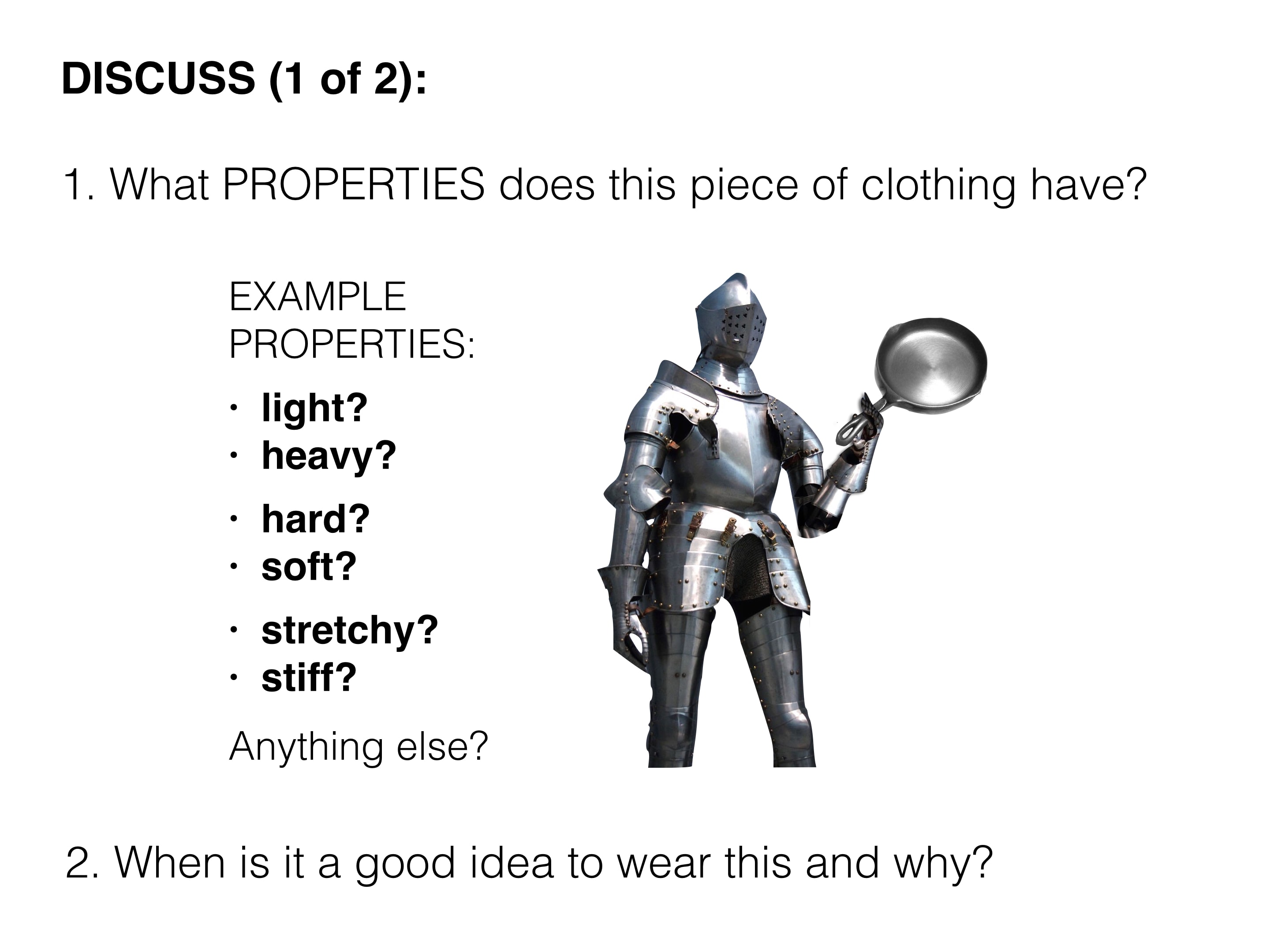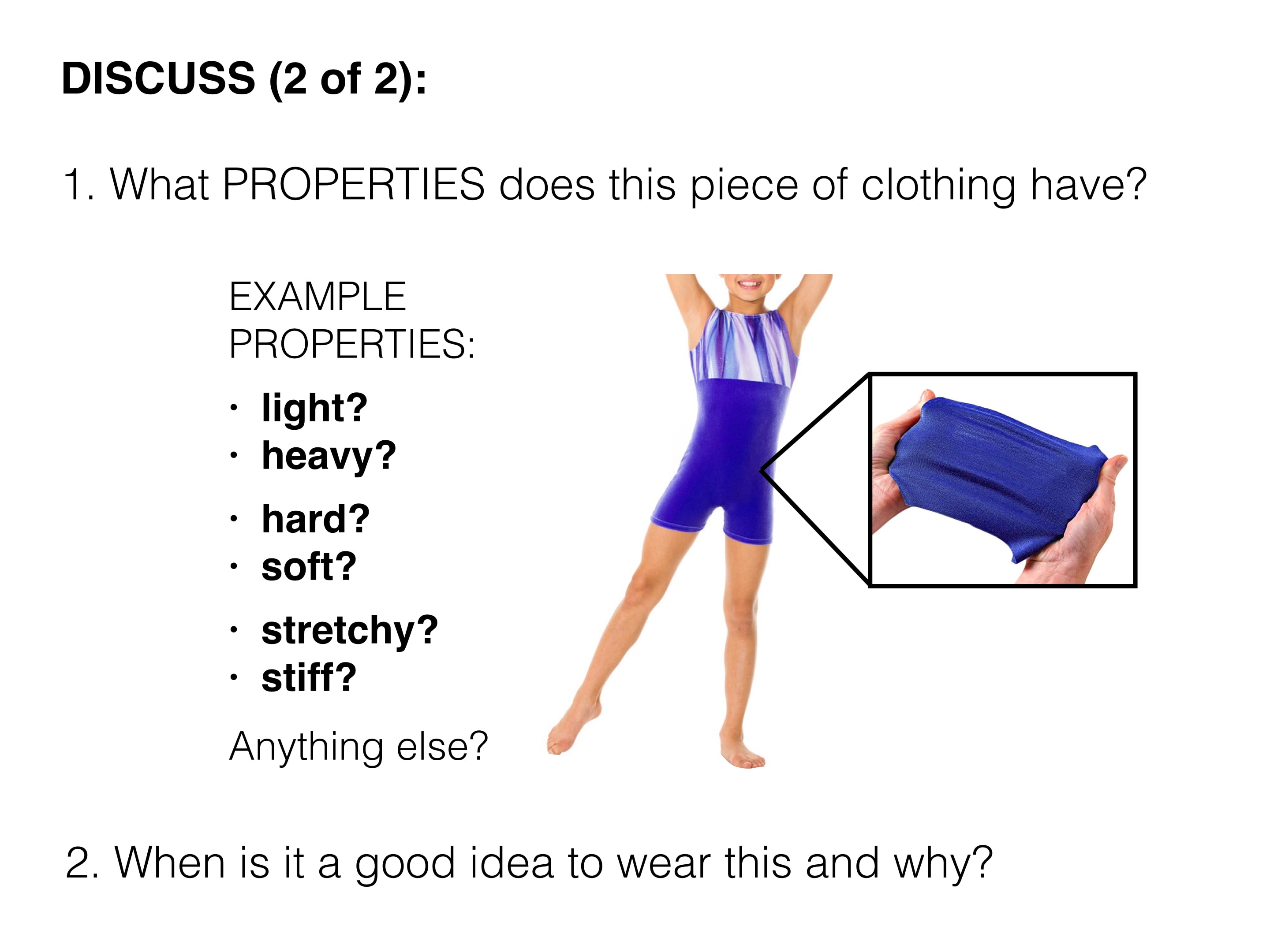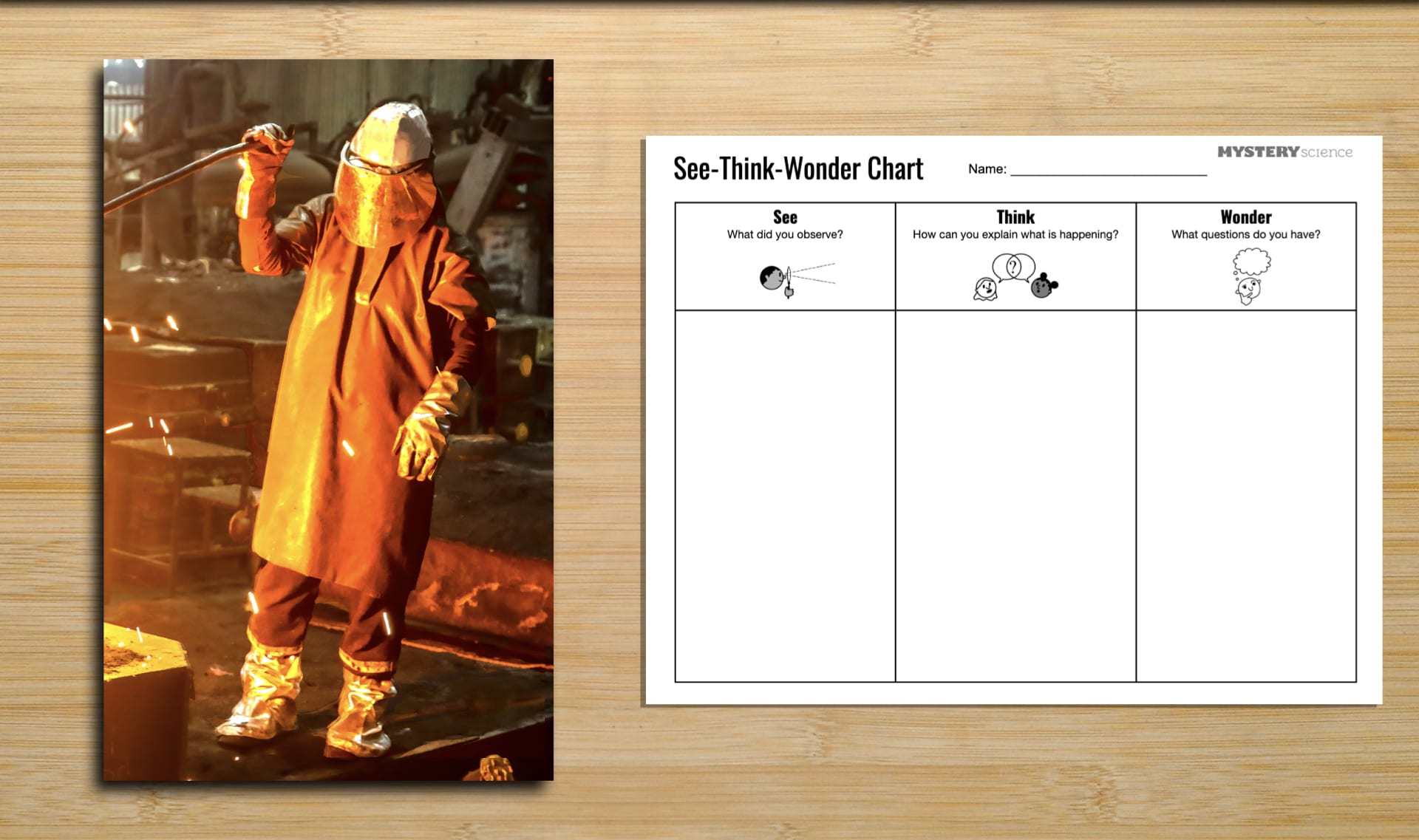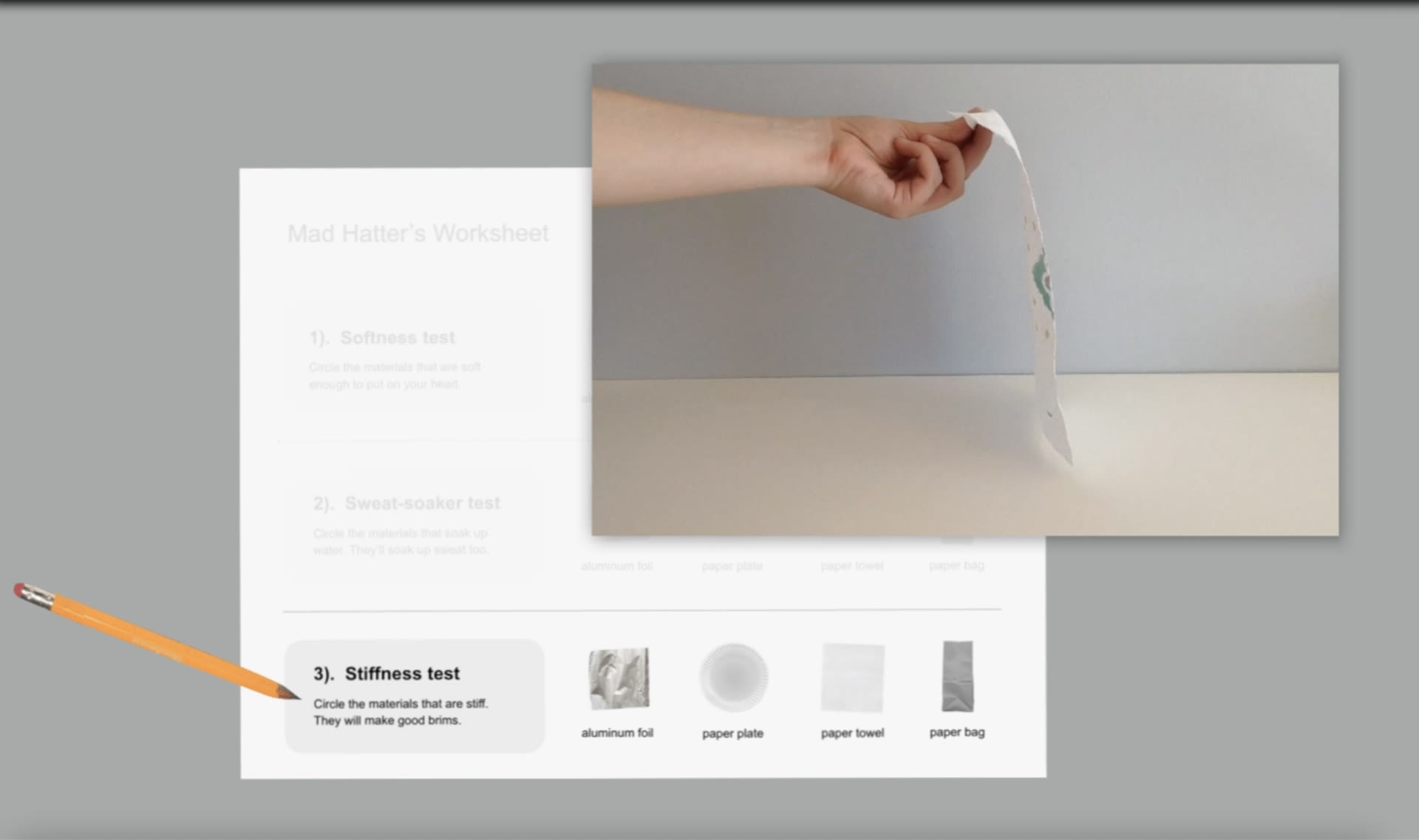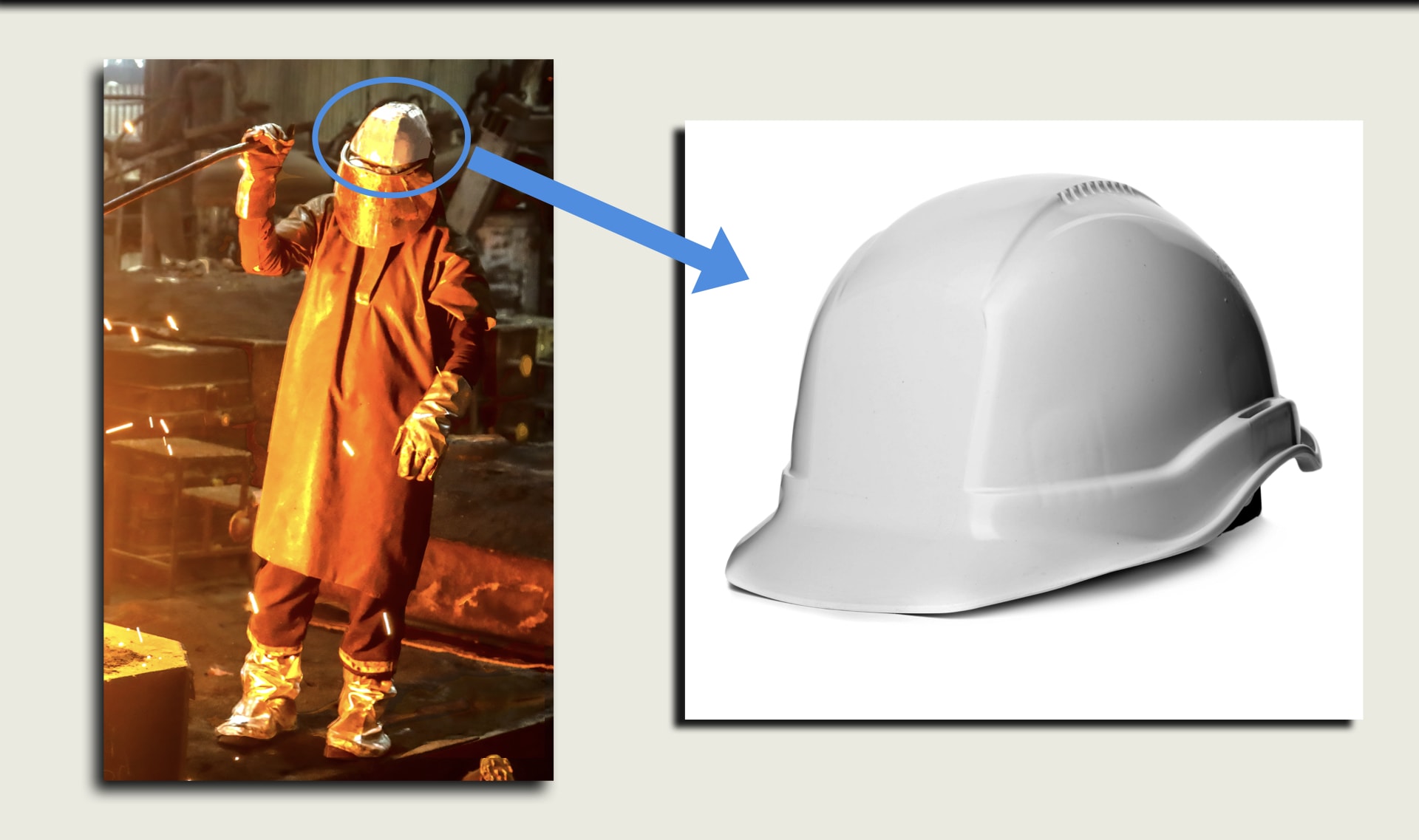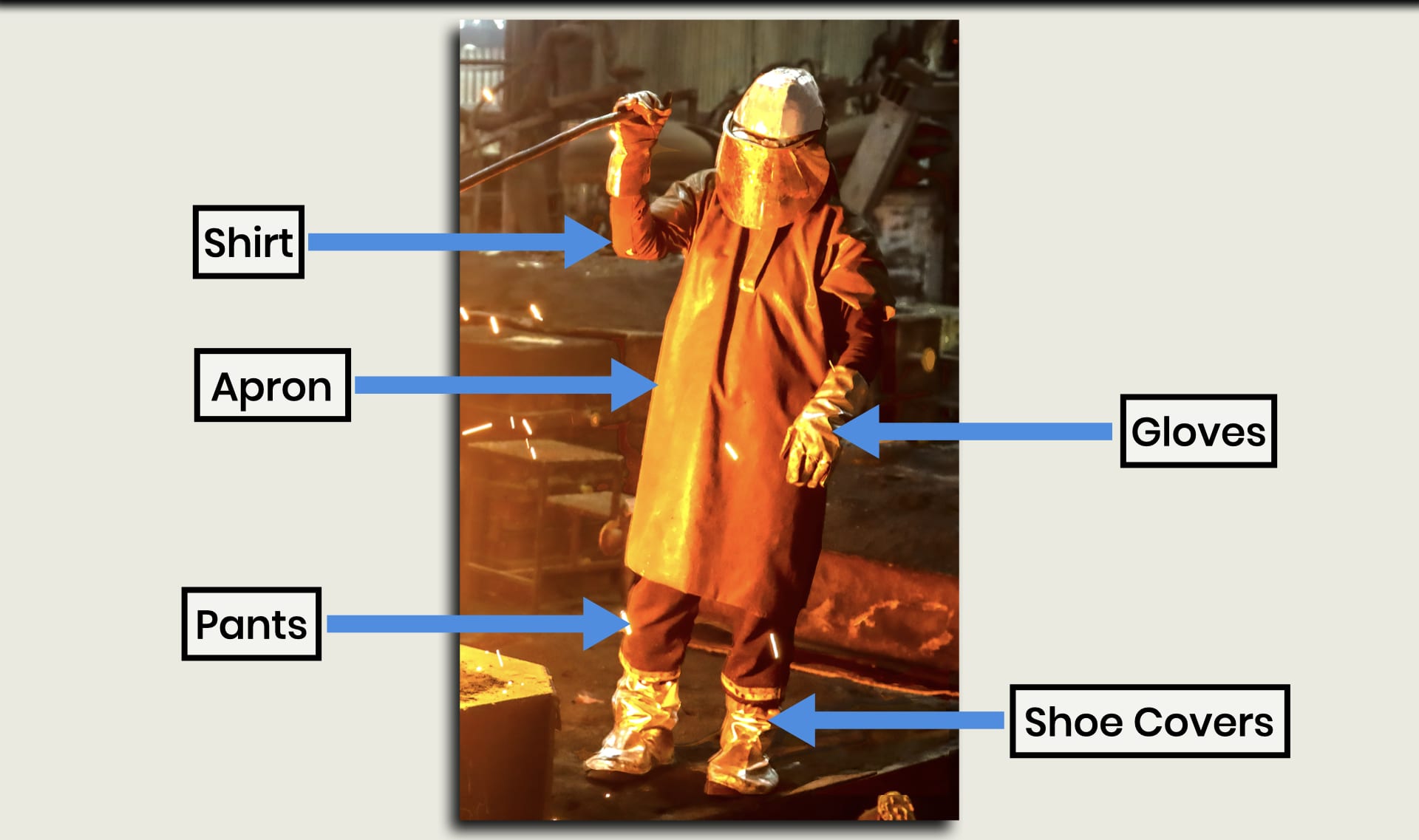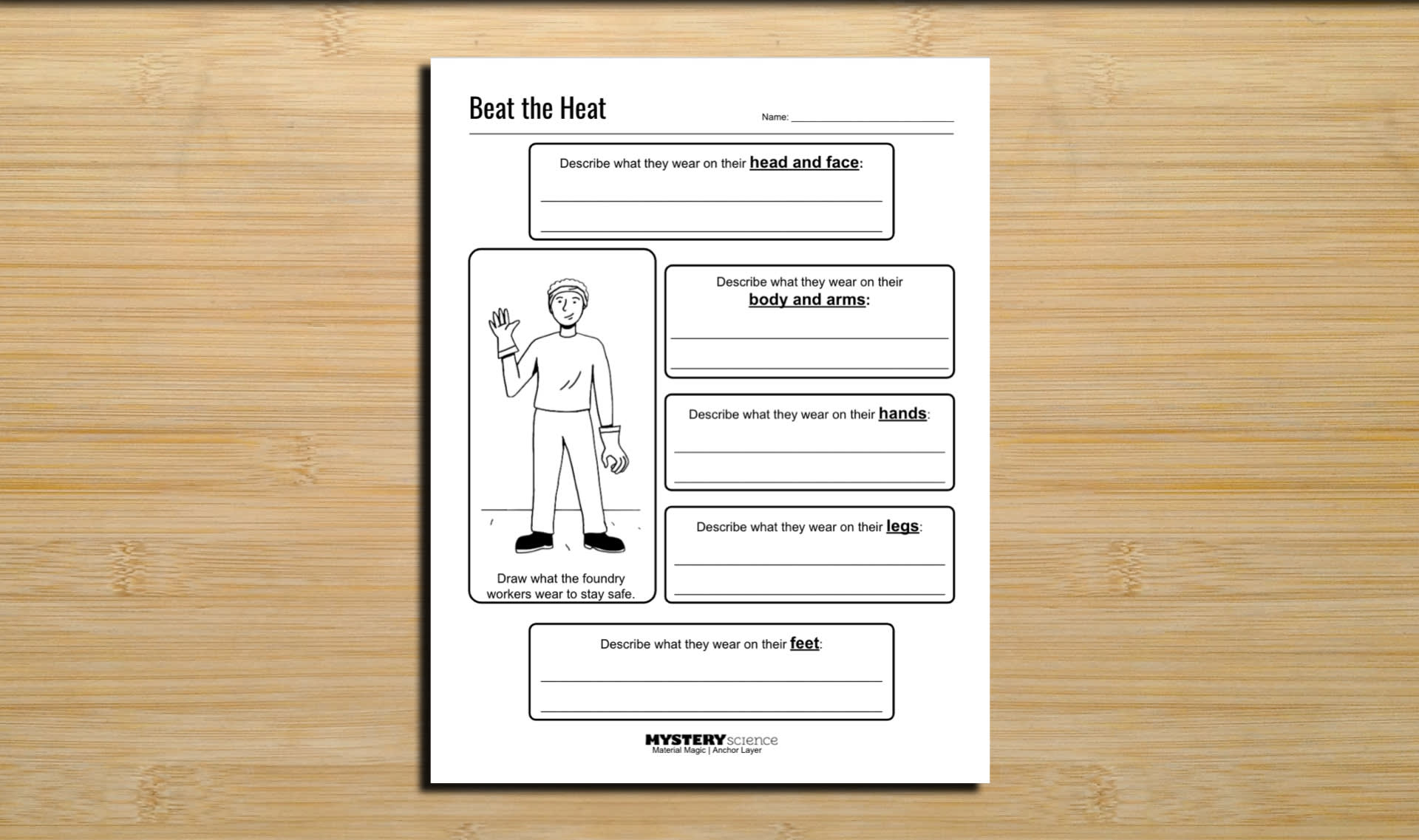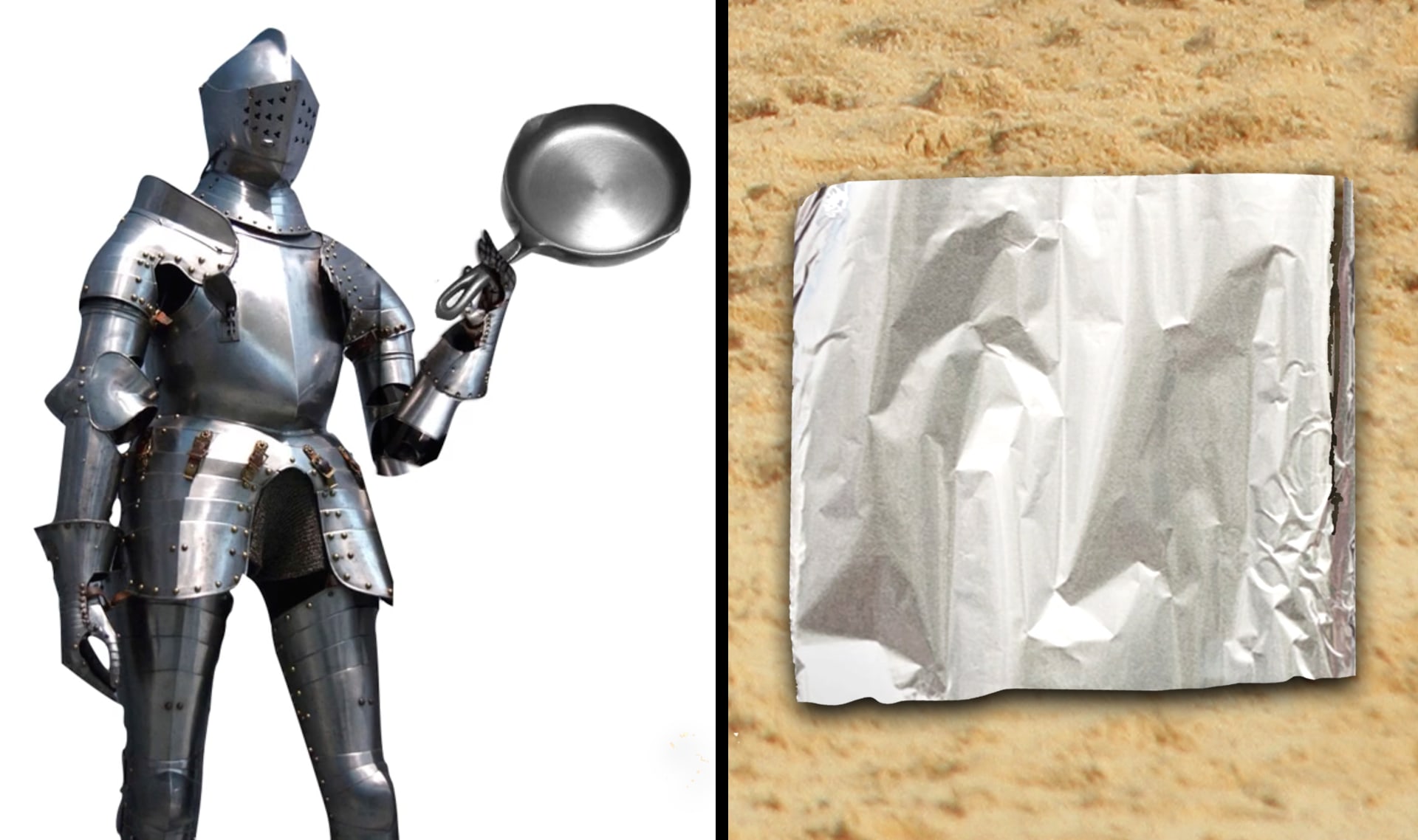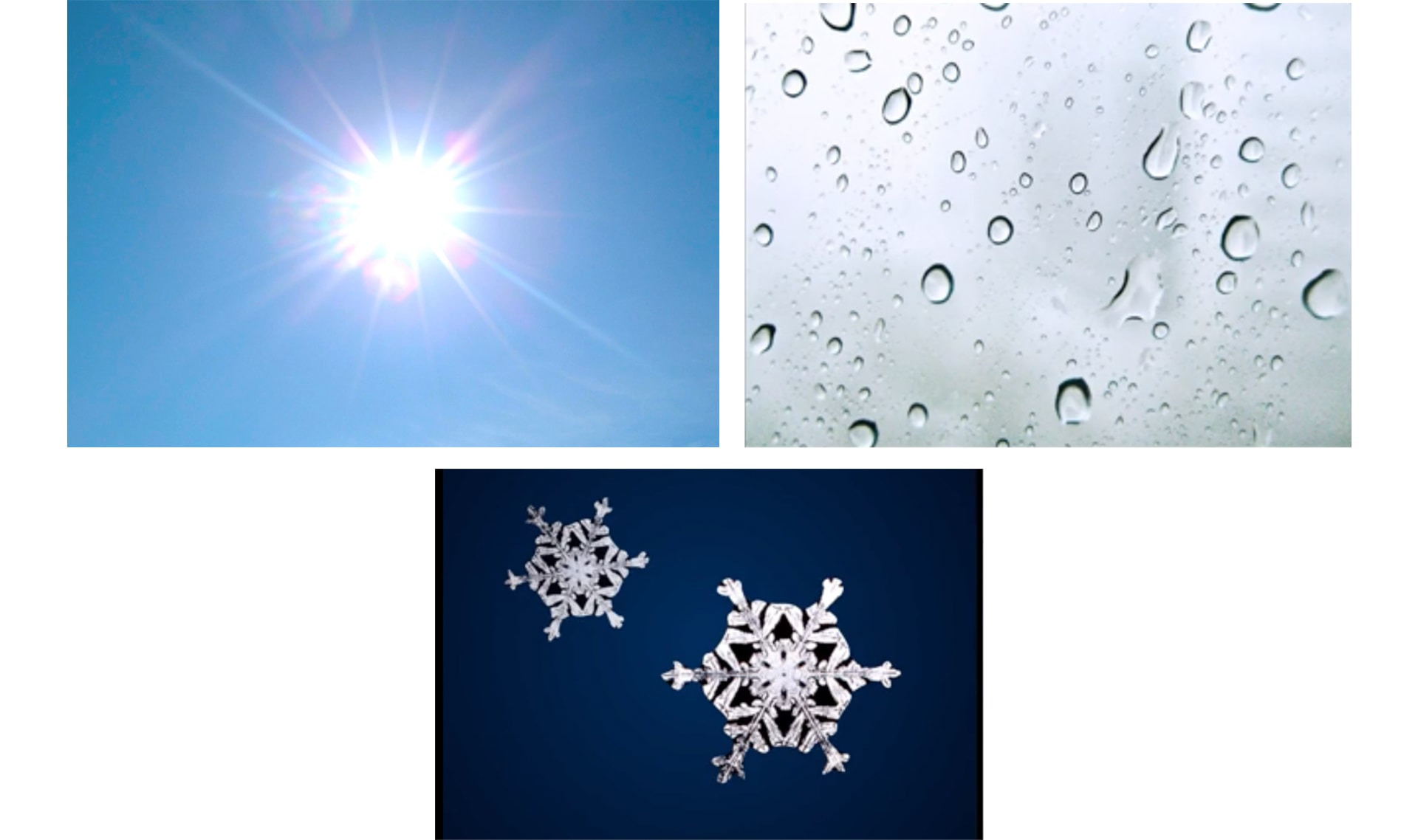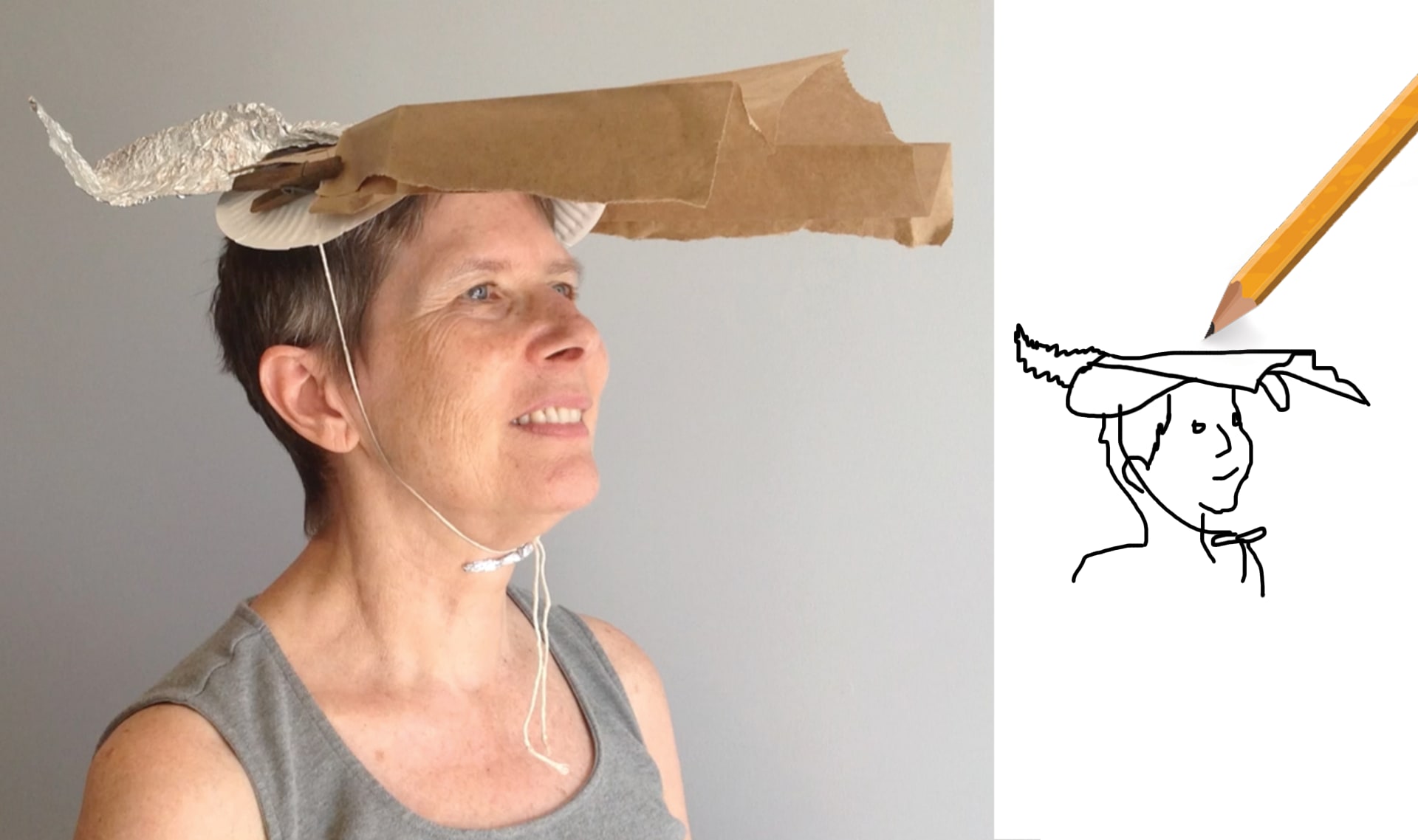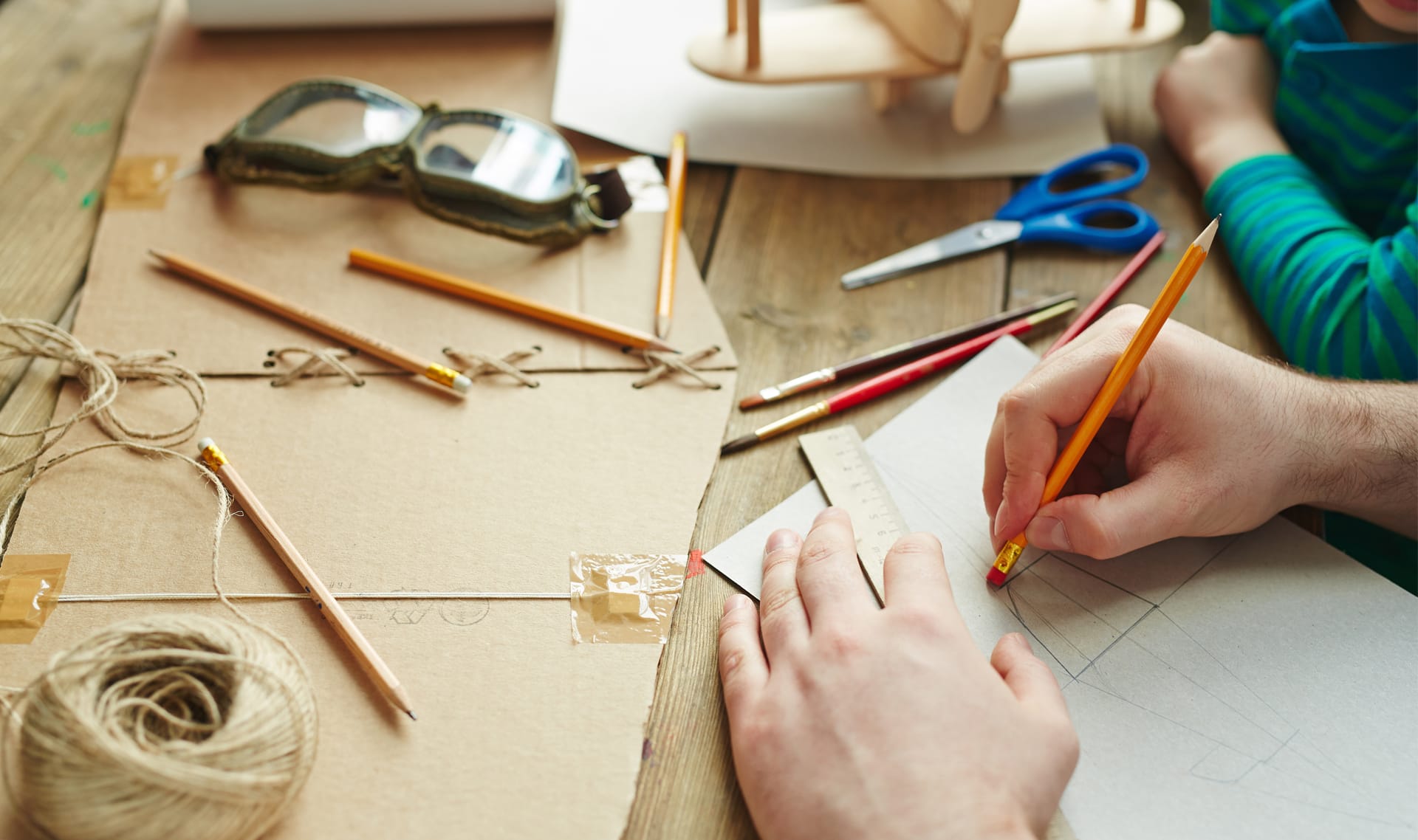Mystery Science respects the intellectual property rights of the owners of visual assets.
We make every effort to use images and videos under appropriate licenses from the owner or by
reaching out to the owner to get explicit permission. If you are the owner of a visual and
believe we are using it without permission, please
contact us—we will reply promptly and make
things right.
Exploration
boat by
zeesenboot
, used under CC BY
shag rocks by
David Stanley
, used under CC BY
jump by
Eric Benacek
, used under CC BY-SA
private island by
Christopher Michel
, used under CC BY
Mission Beach by
Paul Toogood
, used under CC BY
running towards water by
Beshef
, used under CC BY
bug by
U.S. Department of Agriculture
, used under CC BY
rain drops by
Praveen
, used under CC BY
snowflake by
Saperaud
sun by
Sam Bald
, used under CC BY
jacket by
Universal Textiles
, used under CC BY
long sleeve shirt by
Harley-Davidson
, used under CC BY
rain coat by
H&M
, used under CC BY
wool sweater by
Joan Rocaguinard
, used under CC BY-SA
wool coat by
ABADAY
, used under CC BY
man in desert by
Ammar Hassan
, used under CC BY
cotton by
H2O-C
t-shirt by
Wikimedia Shop
, used under CC BY-SA
armor by
dewey_decimals
, used under CC BY-SA
frying pan by
FiveRings
sun in sky by
Karen Roe
, used under CC BY
kid looking at ocean by
Donnie Ray Jones
, used under CC BY
baseball cap by
TexasRebel
kid by
Tri Nguyen
, used under CC BY
skateboarding by
Makia Minich
, used under CC BY-SA
helmet by
Quant
, used under CC BY-SA
cowboy by
Moyan Brenn on Flickr
, used under CC BY
cowboy hat by
Hans Braxmeier
pioneer girl by
Don Graham
, used under CC BY-SA
young boy by
Tribes of the World
, used under CC BY-SA
bonnet by
Heritage Costume
, used under CC BY
headdress by
Party Superstore
, used under CC BY
Activity
desert hat by
Craghoppers
, used under CC BY
umbrella hat by
Sourcing Map
, used under CC BY
aluminium foil by
Lewis Ronald
, used under CC BY-SA
paper bag by
Denna Jones
, used under CC BY
sand by
Chris Oatley
, used under CC BY
pencil by
Charm
